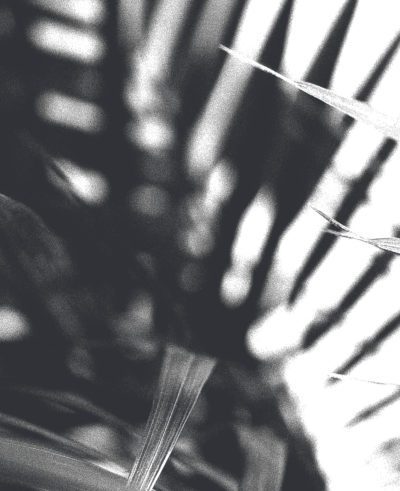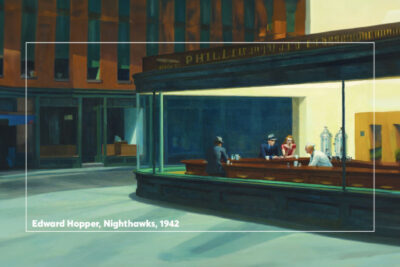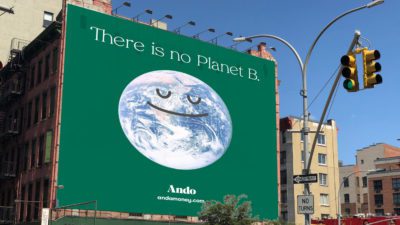In the past year, the creative industries have been standing at the precipice of a revolution, not wrought by human hands, but by the algorithms and neural networks of generative artificial intelligence (AI). This seismic shift is not merely an evolution; it’s a redefinition of creativity as we know it, challenging the very essence of human ingenuity and artistry.
The Landscape of AI in Creativity
The proliferation of generative AI tools across the realms of image creation, video production, writing, coding, and editing has unfolded a new canvas for creators. Tools like DALL-E, Midjourney, and GPT-4 have become household names among creatives, enabling the generation of complex images, articulate texts, and innovative designs with inputs as simple as a line of text.
Technological Developments and Their Implications
- Image Creation: AI like DALL-E 2 has revolutionized graphic design, allowing for the creation of detailed and specific images from textual descriptions. This has implications for advertising, branding, and even product design, reducing turnaround times and democratizing high-quality visual content production.
- Video Creation: AI-driven platforms are now capable of producing video content that matches the quality of human-created visuals, significantly impacting the advertising and film industries. These tools can generate realistic scenes, animations, and even emulate specific styles, opening new avenues for storytelling and marketing.
- Writing and Content Creation: AI like GPT-4 has changed the game in content creation, enabling the production of everything from ad copy to long-form articles with nuanced understanding and creativity. This has streamlined content pipelines and introduced new strategies for SEO and personalized marketing campaigns.
- Coding and Development: AI tools for coding, such as GitHub Copilot, are assisting developers in generating code, debugging, and even conceptualizing new software solutions, speeding up the development process and fostering innovation in web and app development for the creative industry.
- Editing and Enhancement: AI-driven editing tools have refined the process of content creation, offering sophisticated options for editing text, images, and videos. This not only enhances the quality of the output but also significantly reduces the time and resources required for content refinement.
Real-World Applications and Investments
Agencies and corporations are not just adopting AI; they are integrating it into their core business models. For instance, WPP, Omnicom, and Publicis Groupe have made substantial investments in AI capabilities, developing proprietary tools and partnerships with AI startups to stay at the forefront of innovation. These tools are being used for everything from predictive analytics in marketing campaigns to AI-driven creative strategy and content creation, showcasing a tangible shift towards AI-centric business models in advertising.
The Future of AI in Creativity
Looking ahead, the potential for AI in creative fields is boundless. The convergence of advancements in AI with technologies like virtual reality and blockchain heralds a future where AI could lead to the emergence of entirely new art forms and creative expressions. The notion of general artificial intelligence (GAI) – AI that equals or surpasses human intelligence across all fields – could redefine creativity, making it a collaborative endeavor between humans and machines, pushing the boundaries of what is possible.
Incorporating Gen AI into Creative Work: Practical Steps
- Educate Your Team: Start with workshops and training sessions to familiarize your creative team with AI tools and their capabilities.
- Experiment with AI Tools: Allocate resources for your team to experiment with various AI tools, finding the ones that best fit your creative process.
- Integrate AI into Workflow: Gradually integrate AI tools into your workflow for tasks like brainstorming, prototyping, and content creation.
- Adopt a Hybrid Model: Encourage a hybrid model of creativity, where human insight and AI capabilities complement each other.
- Focus on Ethics: Establish guidelines to ensure ethical use of AI, considering the implications on copyright, privacy, and the authenticity of creative work.
- Monitor Trends and Developments: Stay updated on the latest AI developments and their implications for the creative industry.
- Invest in Custom Solutions: Consider investing in or developing custom AI solutions tailored to your specific creative needs and challenges.
- Engage with the AI Community: Participate in forums and collaborations to exchange ideas and solutions with other creatives using AI.
- Evaluate Impact and Iterate: Regularly assess the impact of AI on your creative output and processes, and be prepared to iterate and adapt.
Conclusion
The arrival of AI in the creative and advertising industries is not a warning of obsolescence for human creativity, but rather an invitation to evolve. By harnessing the power of generative AI, creatives can unlock new realms of possibility, pushing the boundaries of imagination and innovation. As we stand on this new horizon, the fusion of human creativity and artificial intelligence promises a future where the only limit is our willingness to explore.
Image: NYTimes





